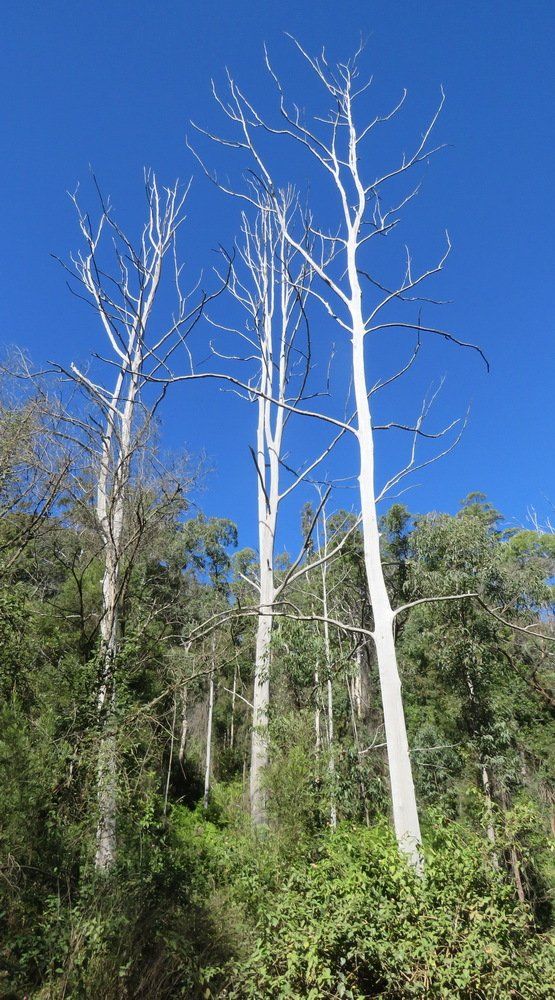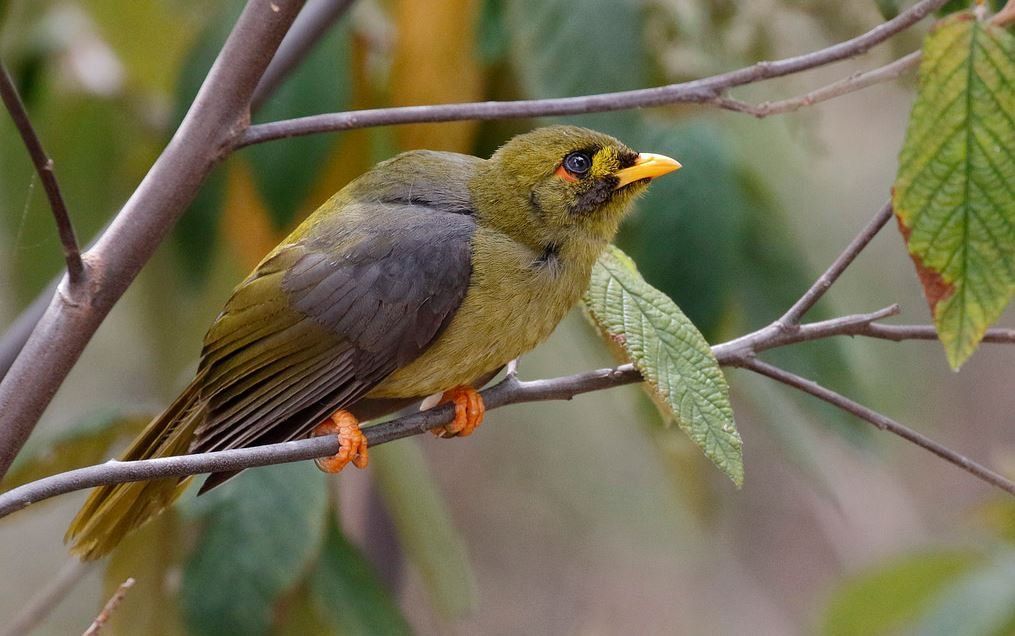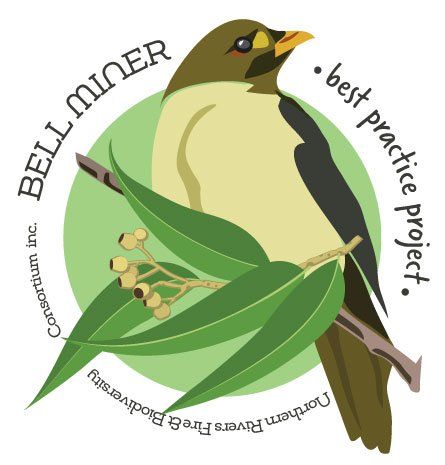BMAD on the NSW North Coast
How did we get here?
If you look at historical photos and aerial imagery of the Northern Rivers Region of New South Wales, you will see that the landscape was much more open 50 years ago than it is today. This is a legacy of the Robertson Land Act (1861) when settlers were obliged to clear native vegetation en-masse as part of the occupation of the land.
From around 1920 to the late 1970's, the countryside was maintained as open farm land, well-groomed by beef and dairy cattle with the foothills of the drier eucalypt country seasonally burnt for green-pick, a practice adopted from traditional burning practices. Timber harvesting continued on both public and private land with target species shifting away from rainforest to eucalypt species.
Post-1980, the landscape changed. After the Aquarius festival, people began to move to the region for lifestyle rather than farming and timber. Large landholdings were progressively divided into smaller lots, a practice that continues at an ever increasing rate, and absentee owners have become common-place. Burning practices have retracted and grazing less-common in marginally productive areas like the inaccessible slopes of the Border Ranges and other regional corridors. Great areas of state forest are no longer groomed by workers housed in remote forestry camps and areas no longer economically viable for harvesting were progressively handed over to national parks with little in the was of management resources.
Changing land use and management practice has resulted in large swathes of the north coast landscape left to regenerate without assistance. In a highly disturbed state, these areas have suffered heavy weed invasion which has suppressed the re-development of healthy well-structured forest.
Lantana (Lantana camara) has thrived in these disturbed forest environments taking advantage of the open canopy and high light levels. Bell miners also thrive in the same forests where an open canopy and dense mid-storey vegetation makes perfect breeding territories. Lantana in particular, makes excellent nesting habitat for bell miners, allowing the bell miners to establish colonies and aiding in their despotic (territorial) behaviour.
Disturbed forests, lantana and bell miners are now widespread across northern New South Wales. BMAD is also widespread - it's not a coincidence.


Northern Rivers Fire & Biodiversity Consortium inc.
This project is supported by North Coast Local Land Services, through funding from the
Australian Government’s National Landcare Program and the NSW Department of Planning, Industry and Environment
through funding from the Saving Our Species Program.
